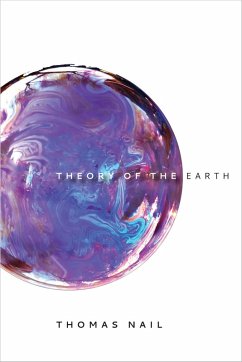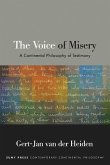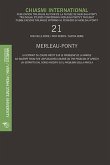"We need a new way to think about the Earth. Instead of perceiving the Earth as a static object, subject, substance, or essence in isolation from the cosmos, we need a theory that takes into account Earth's constant motion. In Theory of the Earth, Thomas Nail articulates an original process-based geological theory of the Earth that not only ushers in a new philosophy of geology, but which also offers us important lessons for understanding the Anthropocene and our possible responses to climate change"--
Hinweis: Dieser Artikel kann nur an eine deutsche Lieferadresse ausgeliefert werden.
Hinweis: Dieser Artikel kann nur an eine deutsche Lieferadresse ausgeliefert werden.








